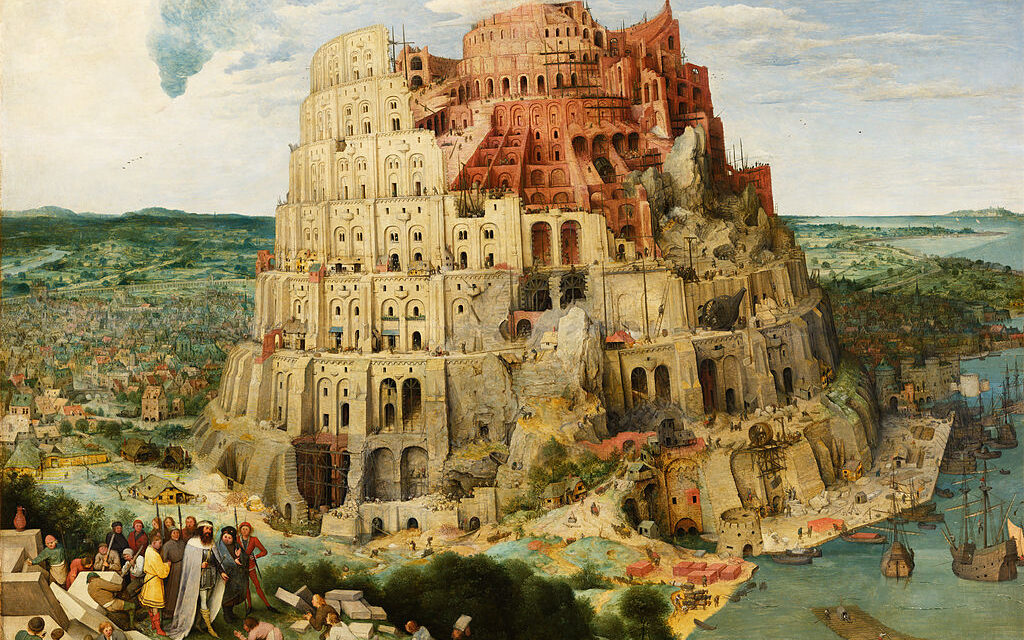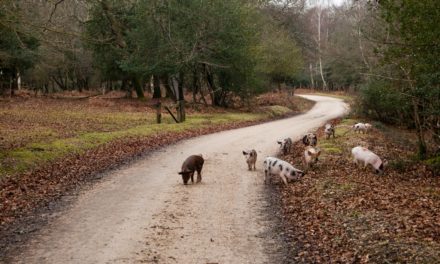Despite the ceaseless motion of survival
Pieter Bruegel, the Elder, may have wished
to convey in The Tower of Babel, the world
danced around the year 1563 as if dates
were firm, fixed, and lasting
the world, in fact, appeared to stand still for
a bearded Flemish artist even as he recorded
humanity caught in its perpetual stumbling,
powerlessness against invisible forces, street
power running dark with false ambition and
narcissistic pride, the kind witnessed by those
around him, those forever coming and going
from a dusty, whirling planet
by portraying the very dilemma of mortals,
Bruegel’s imposing structure of stone and steps
leans skyward as though intent on reaching a
heavenly place—a tapered cylinder, unwieldy,
trembling with the clumsy weight of mankind
sensibly the biblical tower stands unperfected,
unshielded from the ravages of time, but like
weak prey caught in a dangerous forest, the
16th century fled like all the rest, only to reveal
the exquisite details of an artist’s brush.






